Walking and birds spotting Week 23
Hello feathered friends.
This is week 23 of my weekly walking and bird spotting diary. It was mostly dry, warm, and windy weather. No precipitation at all.
This week instead of walking I was mostly riding a bike. My knee is getting better every day. I hope that it will be fine in a few days.
Since I was riding my bike, I was moving more than ordinary. I have also visited new locations and noticed a large number of birds.
So for this week, I have documented 30 different bird species, of which four are completely new.
Let's start with new species.
Black-crowned night heron
Another strictly protected type of bird. Unlike other herons, it has a thick and short neck.
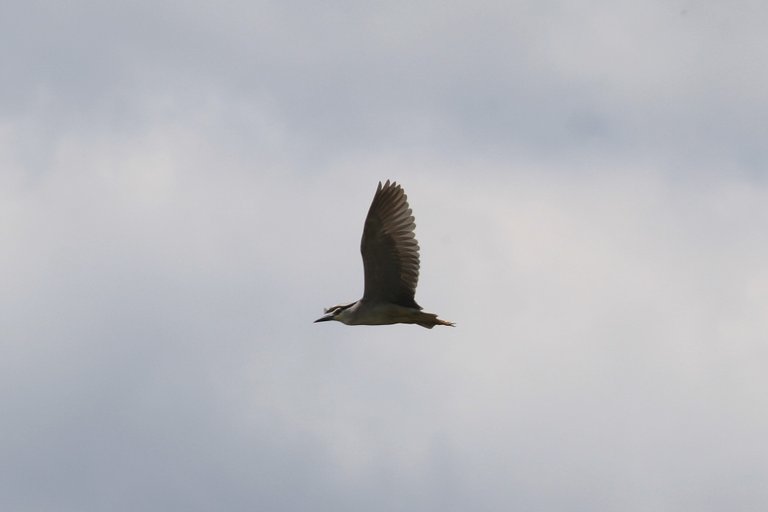
Purple heron
Another type of heron I add to the list. It's a little smaller than Gray Heron.
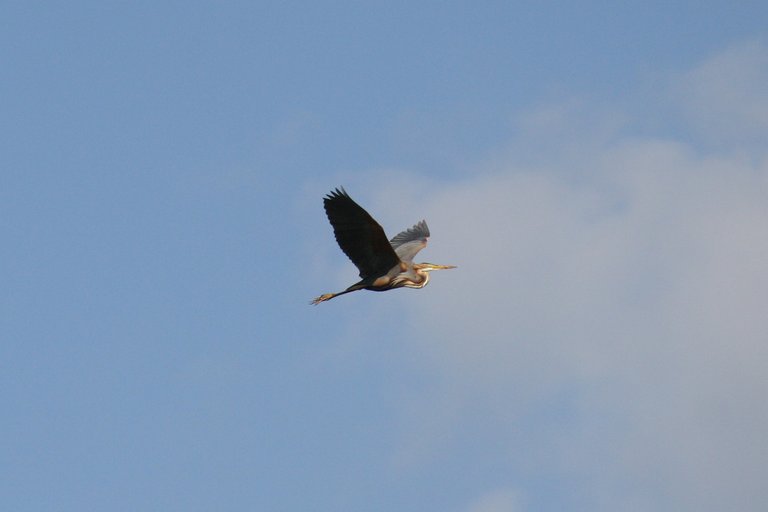
Common moorhen
I noticed them in two different locations. Both times those were lonely birds.
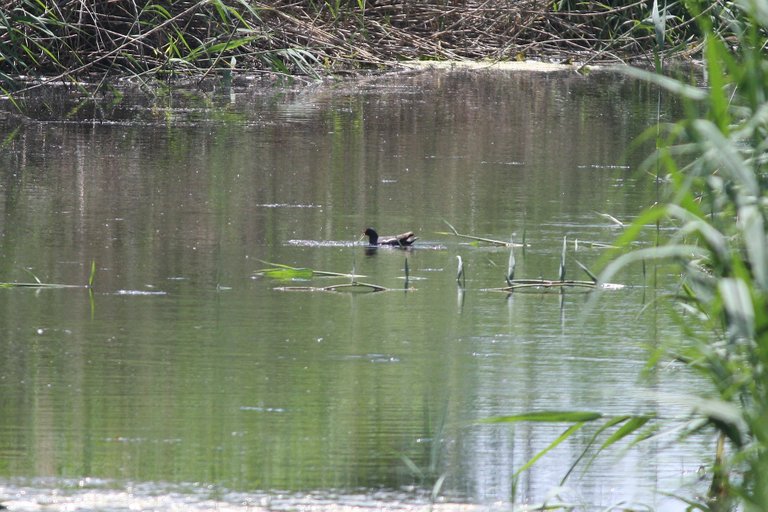
Great reed warbler
Although they are present in large numbers, it is very difficult to notice them in the reed.
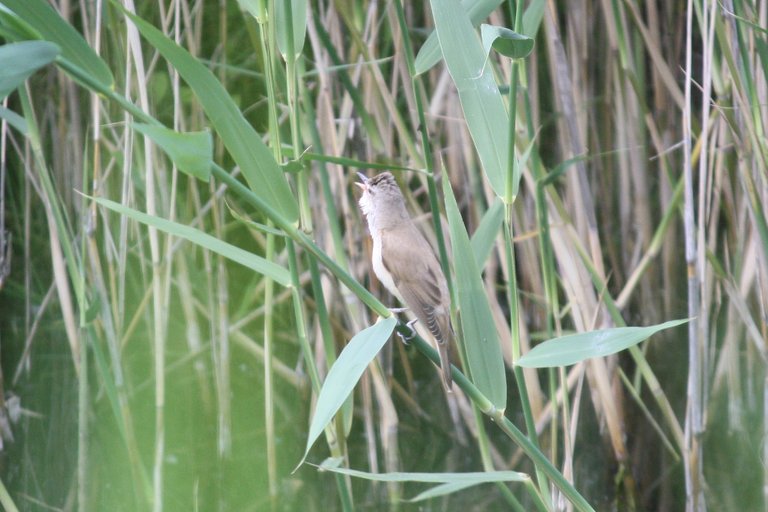
African stonechat
While males rest on the transmission line or dry branches of lower growing, females mainly hunt insects and are harder to notice.
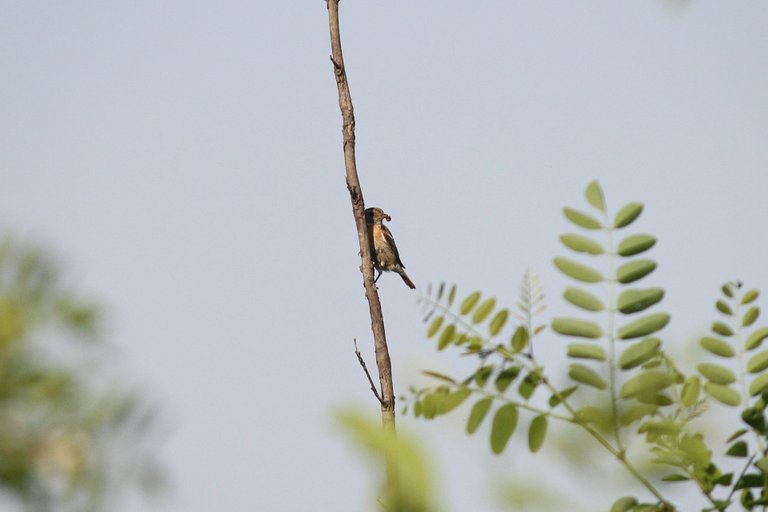
Barn swallow
These birds are excellent flyers and feed on the fly. They also drink water that way.
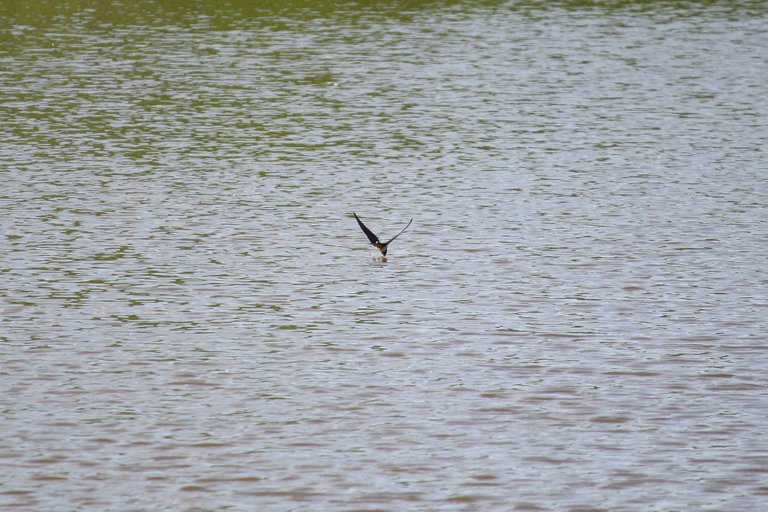
Black redstart
They are most often in motion and often change the location.
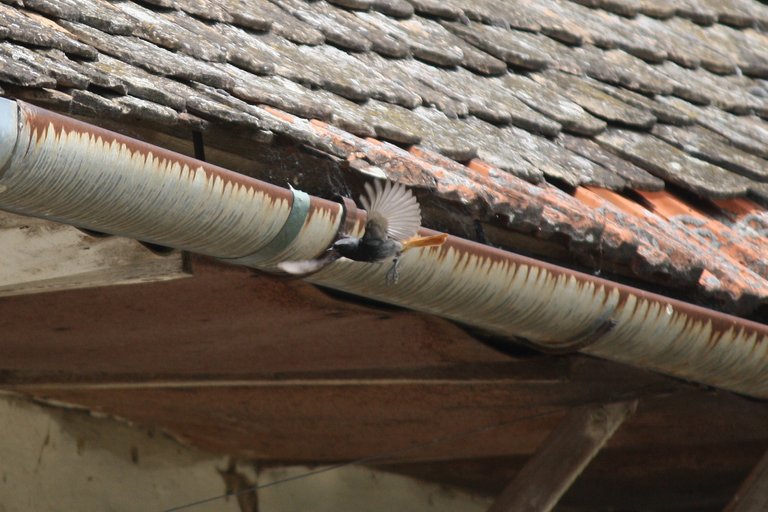
common blackbird
They are quite numerous and easily noticed as they are looking for food on the ground.
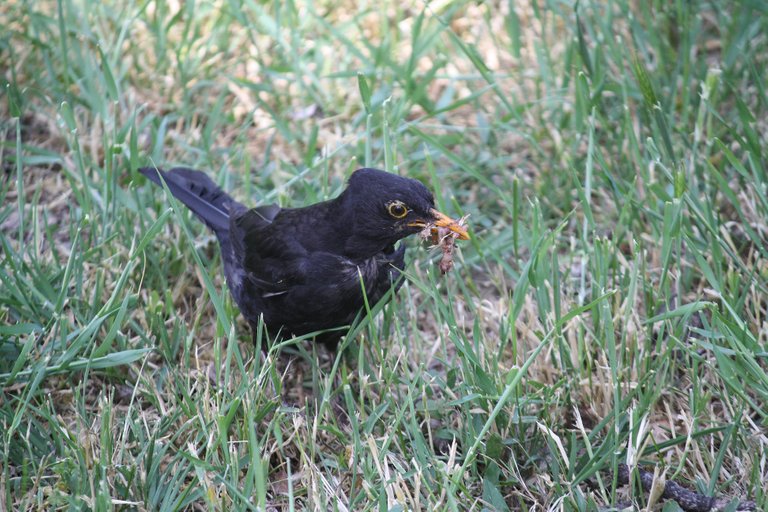
Common cuckoo
They are present around the settlement and I often hear their call. Unfortunately, I only occasionally see them mostly on the transmission line.
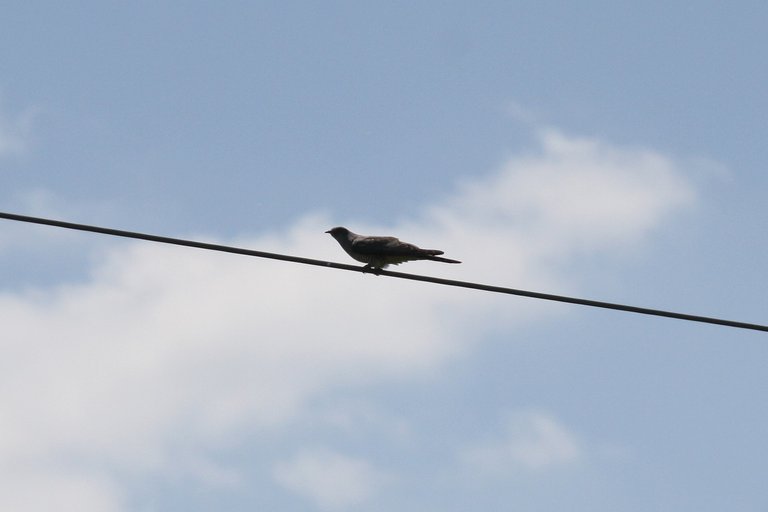
Common gull
They are most often found near water. They are still not as numerous as last year.

Common kestrel
A common observation location when they get tired of flying.
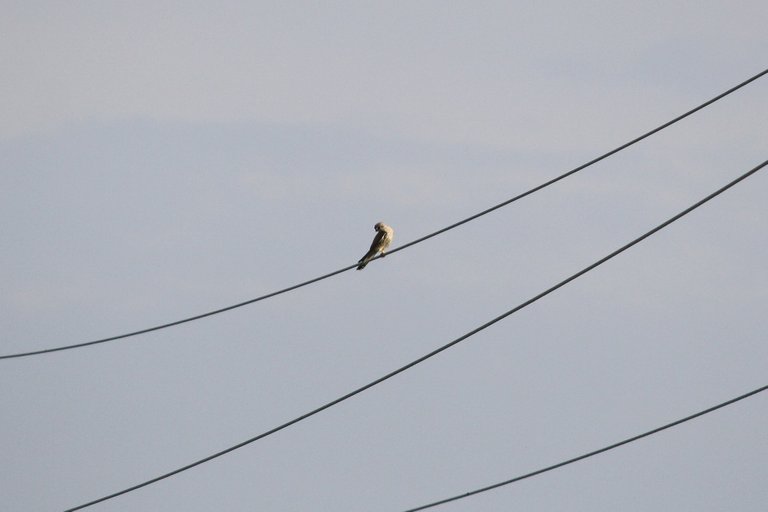
Dove
Sometimes they are in a couple, sometimes alone.
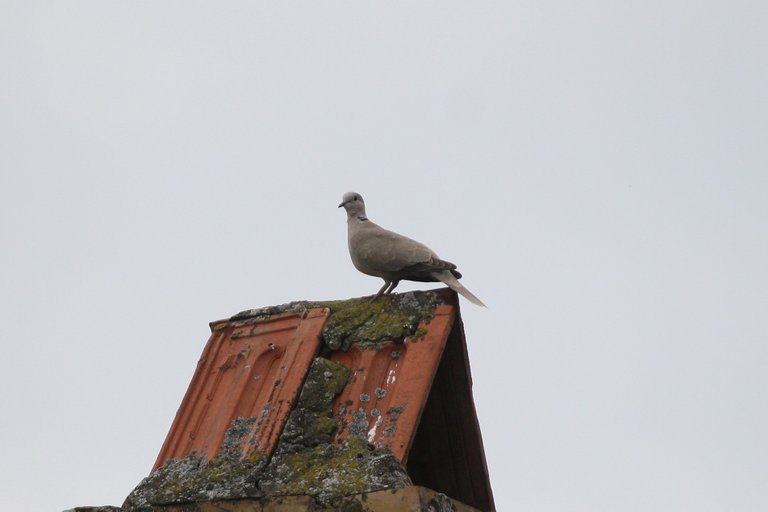
European bee-eater
They are always in the same location, next to canals and orchards.
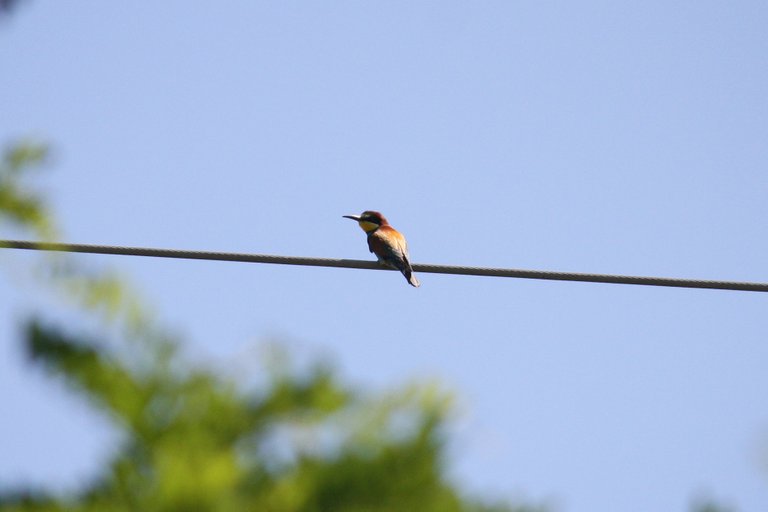
European goldfinch
There are almost none in the settlement. They mostly change locations.
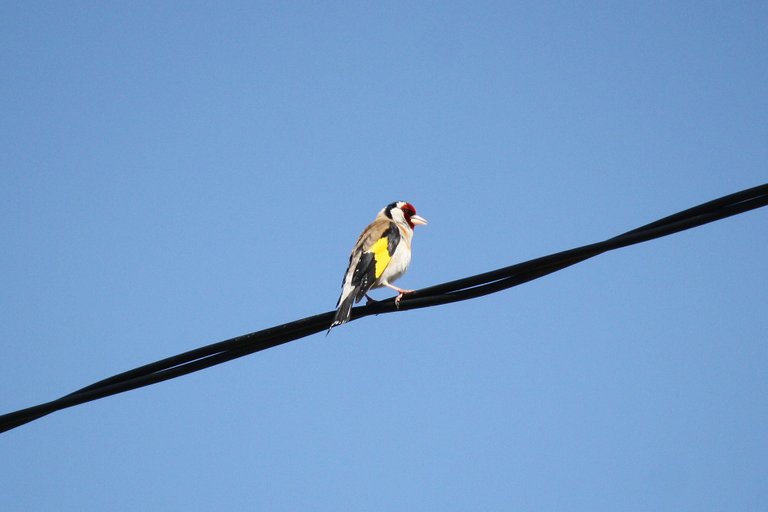
European greenfinch
Although I often hear them, it is very difficult to notice them due to the lush vegetation.
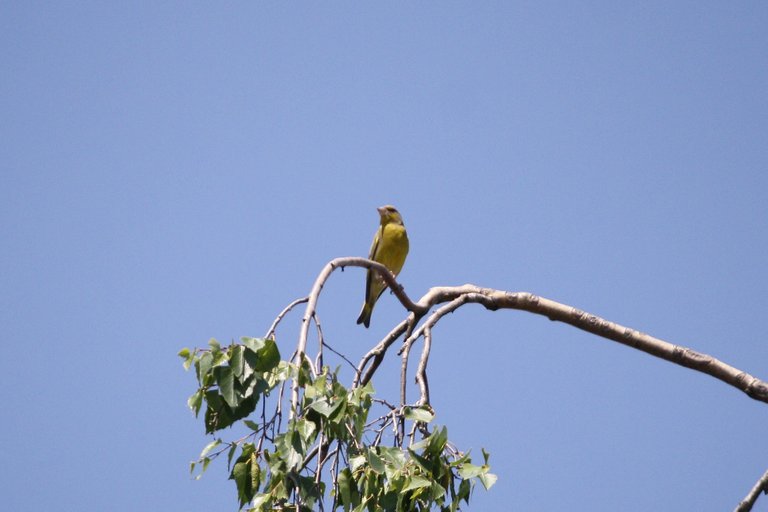
Fantail pigeon
Even though they landed on the roof together, they look like they don't know each other.
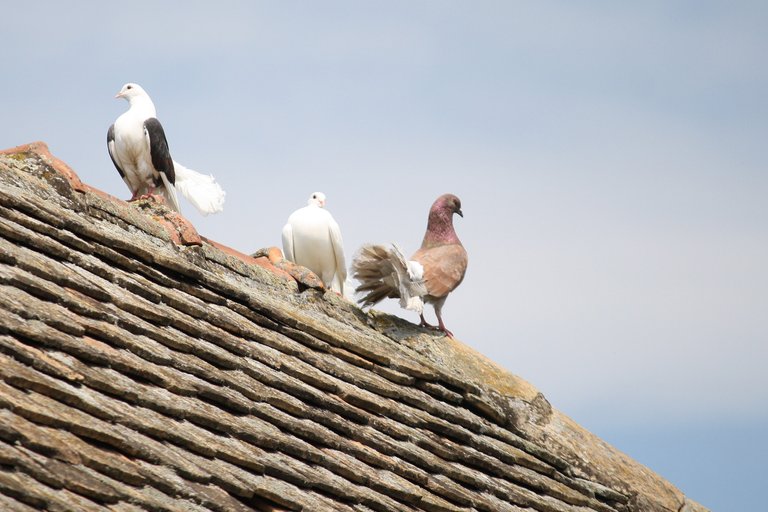
Great grey heron
Sometimes as they are landing on the treetops they look like they are walking in the air.
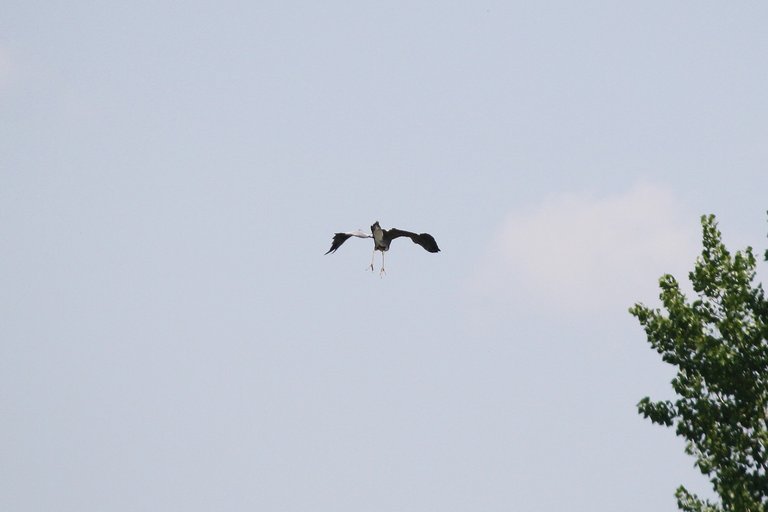
Great white heron
Quite by accident, I managed to take this photo.
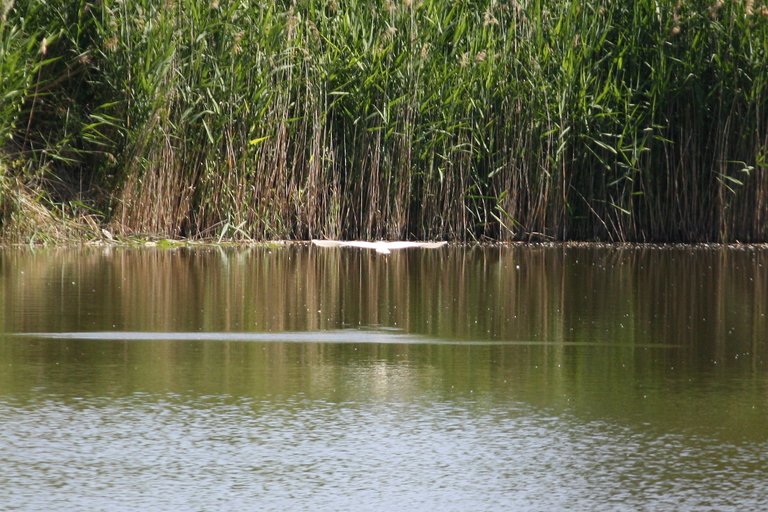
Guineafowl
They just enjoy sitting on the concrete pillars.
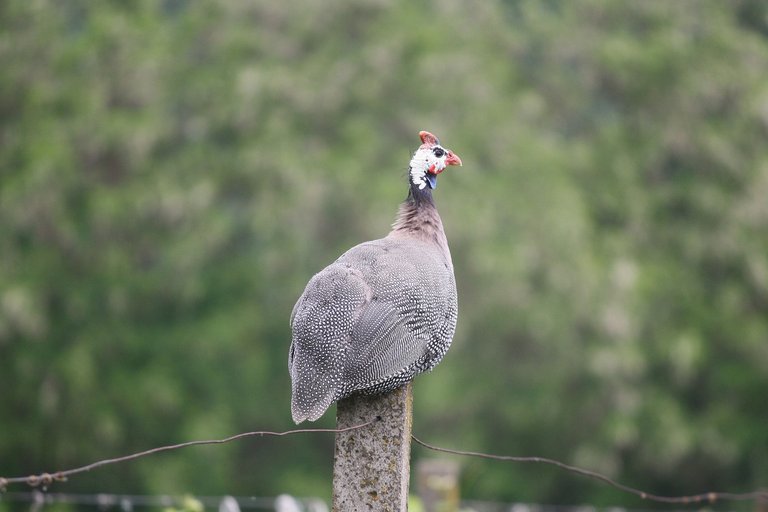
Hooded crow
Although they stayed in the same locations throughout the year, they are now much more mobile and can be seen in different places.
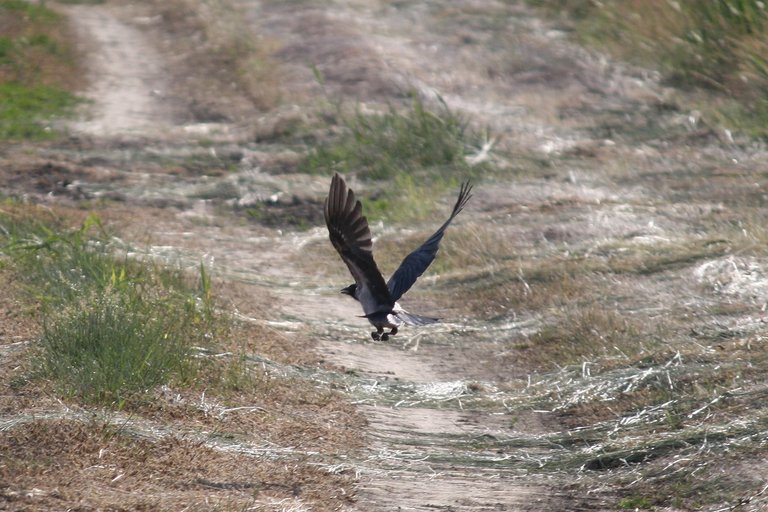
House sparrow
The male sparrow enjoys the shade.

Little egret
I also notice this species more often than before. It often visits a nearby pond.
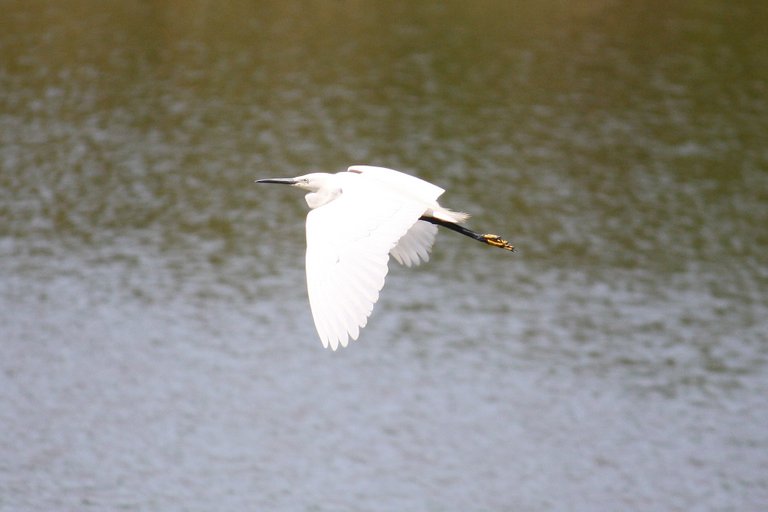
Magpie
A rare sight of a magpie on the ground.
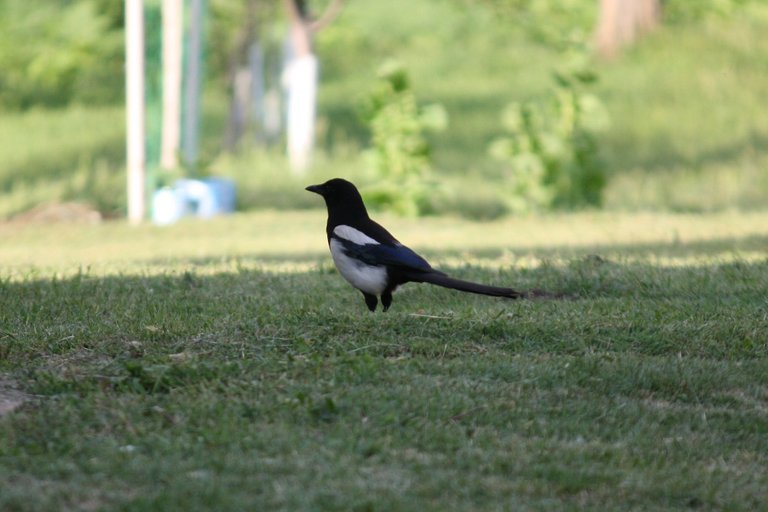
Rock pigeon
The couple enjoys being near the water.
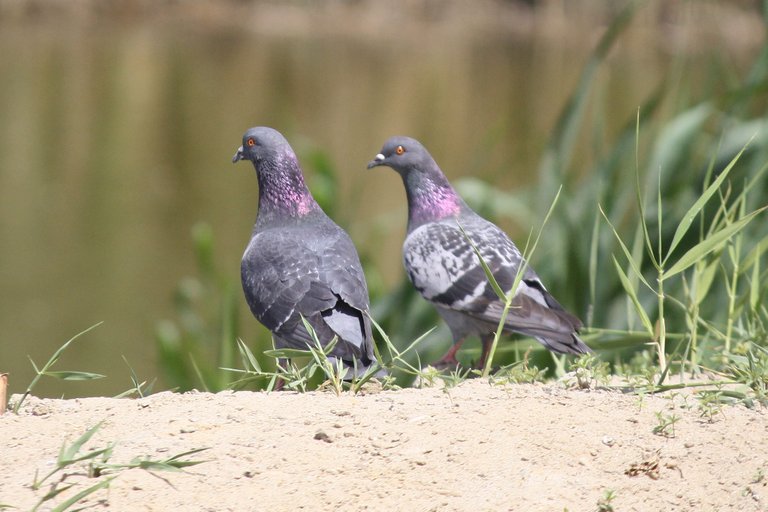
Squacco heron
It patiently lurks for prey.

Starling
They are much more numerous than in previous years. They mostly congregate in large flocks.
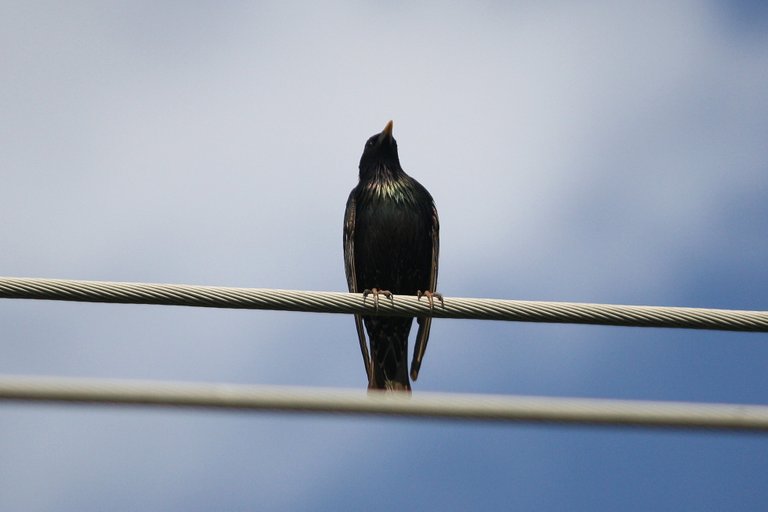
Tree sparrow
Tree sparrow singing its song on a roof.
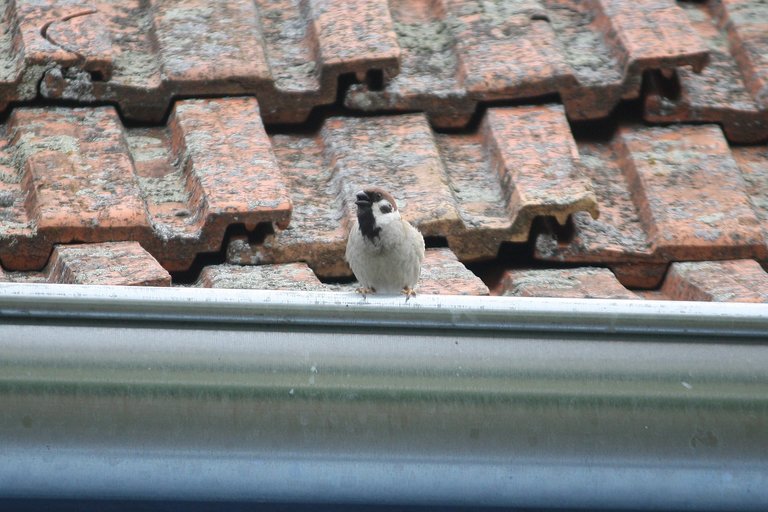
White stork
First pair this year.
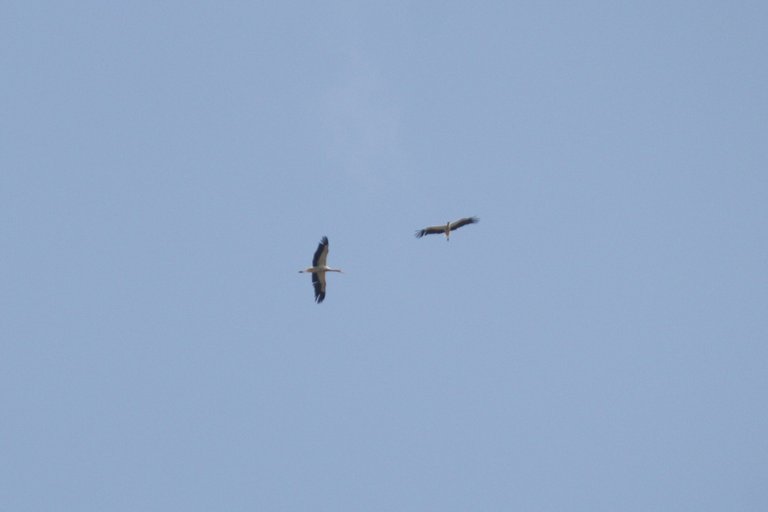
Wood pigeon
They are most often found in forests. Sometimes they rest on the transmission line.
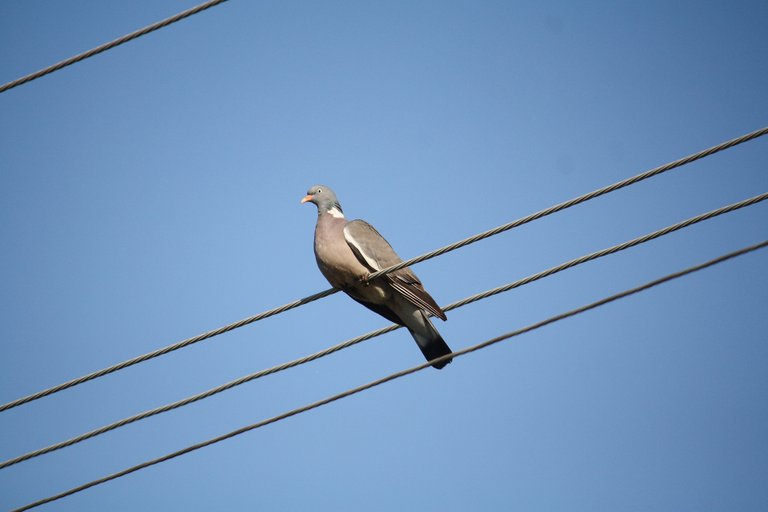
Thank you for stopping by and supporting my content!
Funny to read it's rare ro see magpies on the ground, that's where I usually spot them. Great photo collection!
Thanks.
For me it is definitely a rare sight.
Cheers.
!BEER
View or trade
BEER.Hey @pardinus, here is a little bit of
BEERfrom @oks2crypto for you. Enjoy it!Learn how to earn FREE BEER each day by staking your
BEER.@tipu curate 3
Upvoted 👌 (Mana: 28/112) Liquid rewards.
Thanks for the support! It’s appreciated.